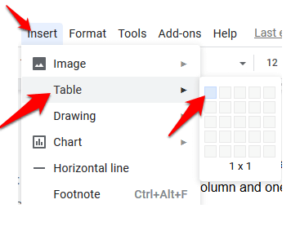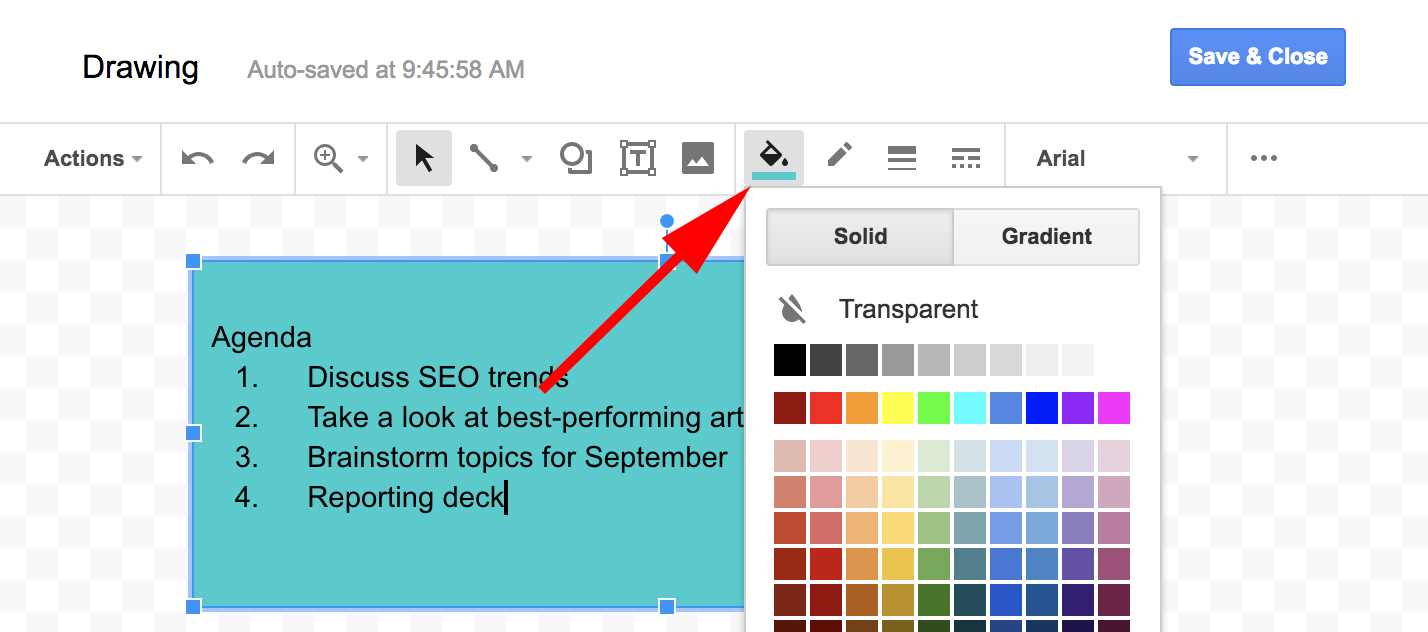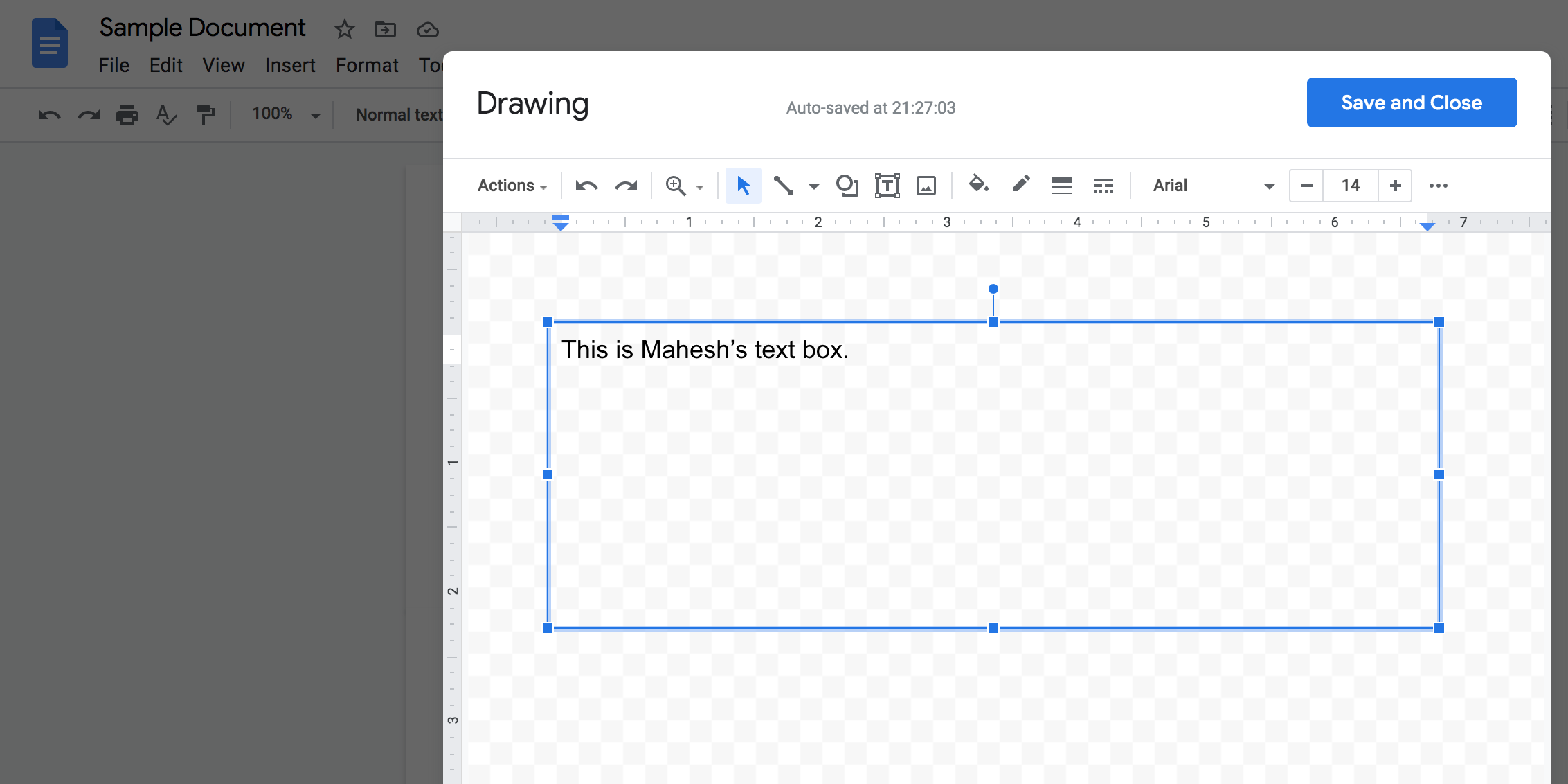
Lines (slanting line): Choose between several different line styles to draw.
 Select (cursor): Select a shape in your drawing. You can insert a ruler or guidelines from the drop-down menu.
Select (cursor): Select a shape in your drawing. You can insert a ruler or guidelines from the drop-down menu. 
Zoom (magnifying glass): Zoom in or out on your drawing.
 Redo (curved arrow pointing right): Redo the most recently undone action. Undo (curved arrow pointing left): Undo the most recent action. Actions: Displays a menu with different actions, such as downloading the image, showing version history, copying, pasting, and rotating the image, and inserting Word Art. You don’t need to do any formatting except resizing the box to the appropriate size for people to enter their answers in.Ĭlick here to watch this video on YouTube. In that case, just type out the question, then hit enter to move to the next line. You can also use this trick if you want to place a larger box under a longer question. And there you go! You now have neat and fillable text boxes that people can use. Head back to the line thickness menu and select a thickness of 1pt. In the second cell (where you want the answer to go), select the small arrow. Head to the line thickness menu, and set the border width to 0pt. Select the outer border (on all sides) option. This allows you to select what kind of border you’d like. Click on the small arrow in the upper-right hand corner of the cell. Resize the first cell until it fits neatly around your text. In Google Docs, Head up to Table > Insert table > select a 2×1 table.
Redo (curved arrow pointing right): Redo the most recently undone action. Undo (curved arrow pointing left): Undo the most recent action. Actions: Displays a menu with different actions, such as downloading the image, showing version history, copying, pasting, and rotating the image, and inserting Word Art. You don’t need to do any formatting except resizing the box to the appropriate size for people to enter their answers in.Ĭlick here to watch this video on YouTube. In that case, just type out the question, then hit enter to move to the next line. You can also use this trick if you want to place a larger box under a longer question. And there you go! You now have neat and fillable text boxes that people can use. Head back to the line thickness menu and select a thickness of 1pt. In the second cell (where you want the answer to go), select the small arrow. Head to the line thickness menu, and set the border width to 0pt. Select the outer border (on all sides) option. This allows you to select what kind of border you’d like. Click on the small arrow in the upper-right hand corner of the cell. Resize the first cell until it fits neatly around your text. In Google Docs, Head up to Table > Insert table > select a 2×1 table. 
We’ll show you how to create fillable text boxes in Docs so that people can neatly and easily enter in their information. But all too often, this: Name: _ turns to this: Name: _Hermione Granger_ When people fill it out, it leaves information floating between underscores. If you’ve ever tried to make a worksheet or form in Google Docs, you’ve probably created lines for people to enter their information on.








 0 kommentar(er)
0 kommentar(er)
